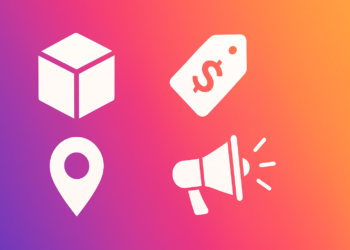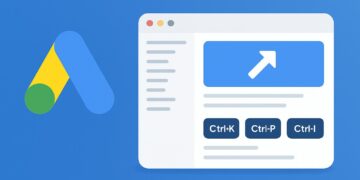Selective attention means consumers notice stimuli that are ______.
Relevant to current needs
Below threshold
Politically neutral
Always novel
The minimum difference a person can detect between two stimuli is called the ______.
Just noticeable difference
Absolute threshold
Perceptual map
Subliminal cue
The 'cocktail party effect' illustrates ______.
Subliminal perception
Divided attention
Selective attention
Sustained attention
Perceptual defense occurs when consumers ______.
Prefer bright colours
Screen out threatening info
Group stimuli
Seek novelty
Filling in missing information to see a complete image reflects Gestalt principle of ______.
Similarity
Proximity
Figure‑ground
Closure
High ______ contrast (colour, size) increases stimulus attention.
Sensory
Temporal
Linguistic
Cultural
Exposure occurs when a stimulus ______.
Is chosen intentionally
Is stored in memory
Is interpreted
Comes within range of sensory receptors
Interpretation is strongly guided by consumer ______.
Expectations
Age only
Sunlight
Blood type
Weber’s Law states that JND is proportional to the ______ of the initial stimulus.
Colour
Magnitude
Meaning
Shape
Selective distortion refers to twisting information to fit ______.
Memory limits
Price cues
Colour biases
Existing attitudes
Starter
Keep practicing the basics.
Solid
Good grasp—refine the details.
Expert!
Excellent mastery.
Exploring Perception & Selective Attention Interview Questions shows how consumers pick out what matters in a crowded marketplace. Start with our consumer behaviour interview questions collection to grasp how perception guides choices. Then tackle the attitude components Q&A, uncover urgency effects in the scarcity and urgency question set, and dive into the reciprocity and commitment interview questions. Working through these interview questions will give you the confidence to explain how selective attention shapes consumer behaviour.









